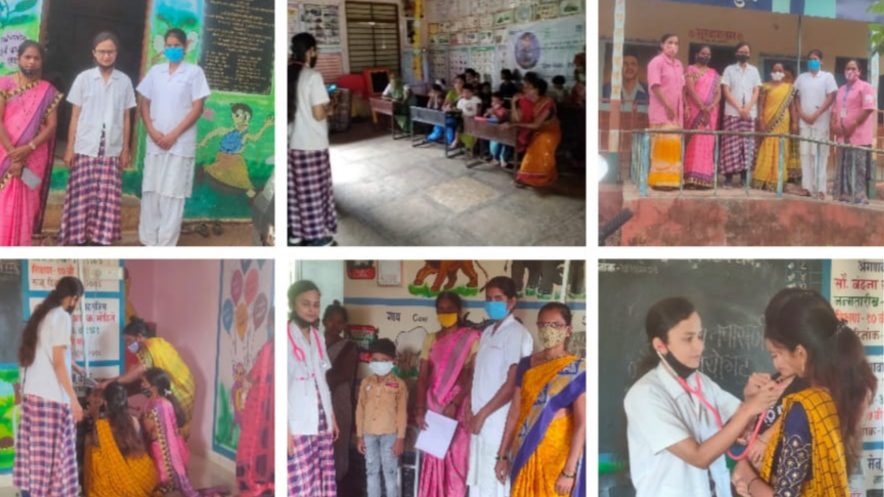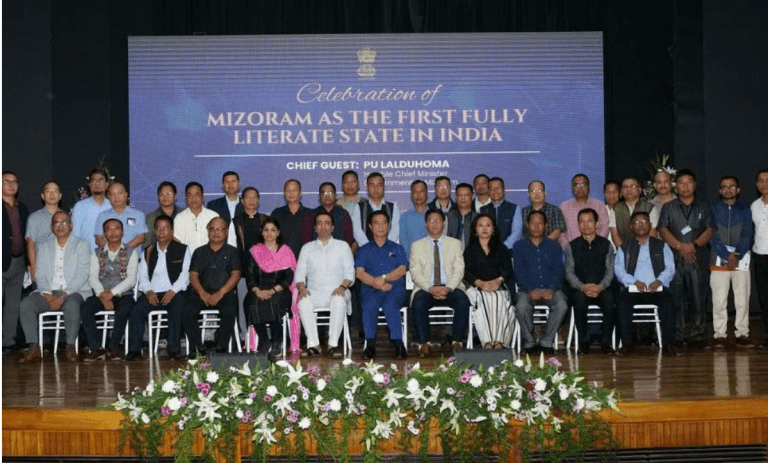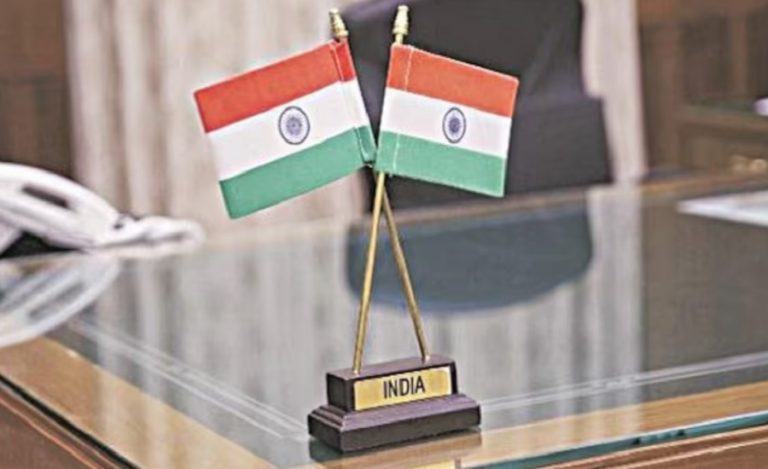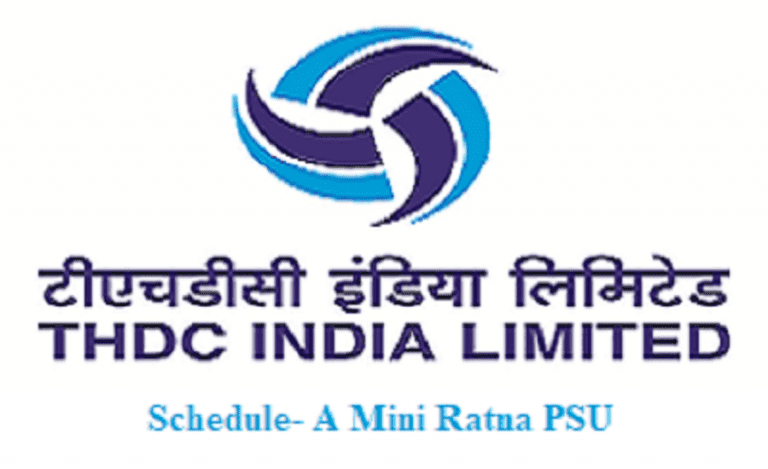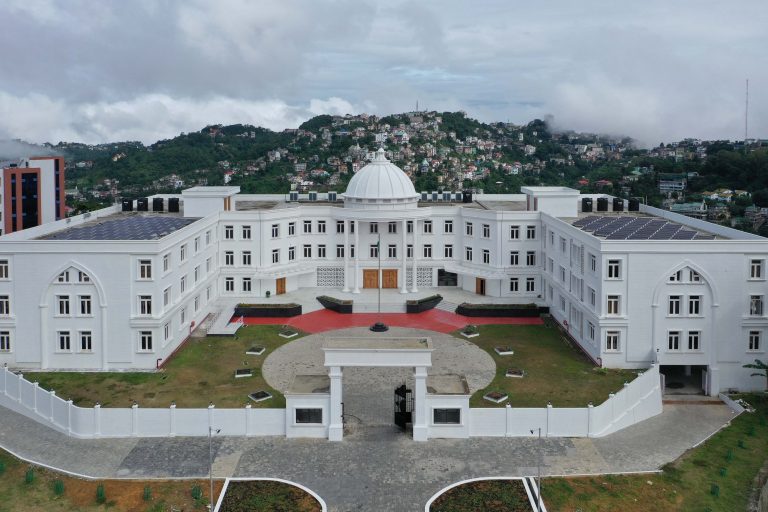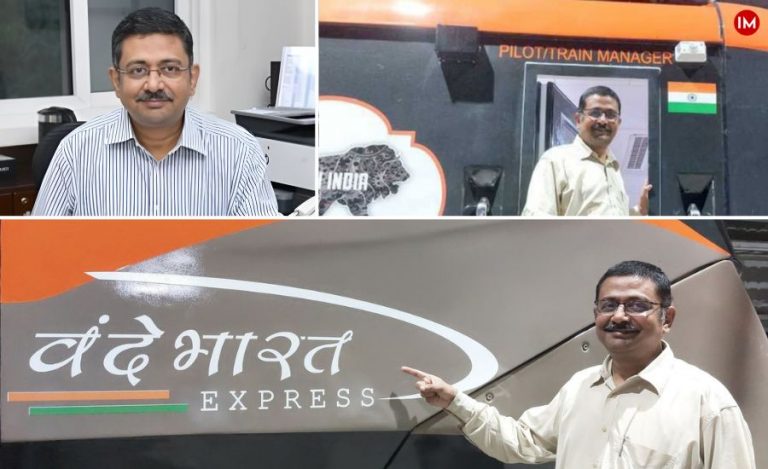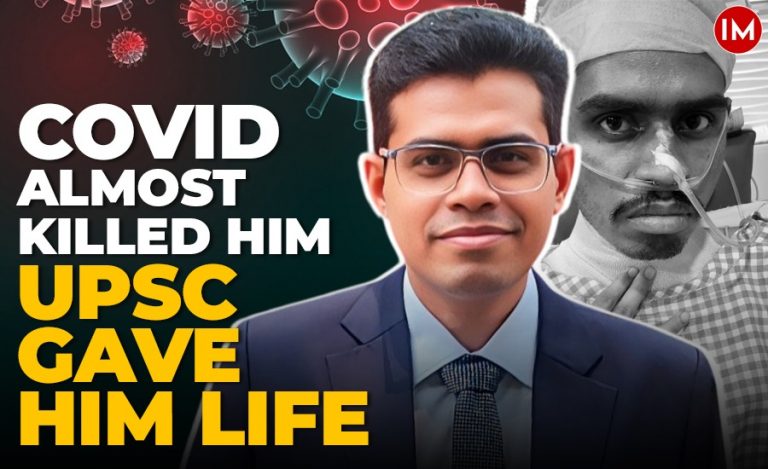Children are often touted as future of a nation. But, if they perish as infants, the future of the nation too would certainly be not bright. The Pune administration under inspired leadership of Chief Executive Officer of Zila Parishad, Mr Ayush Prasad, IAS, has significantly brought down infant mortality to below 2 per cent in the district.
PHC INFRASTRUCTURE
Primary Health Care centres (PHC), are set up to mainly look after the health of the mother and child. Pune administration spent Rs. 26 crores on buying 252 types of equipment, thereby strengthening the infrastructure.
Speaking with Indian Masterminds, Mr Prasad said. “Programs like Infant mortality rate, maternal mortality rate is going under National Rural Health Missions since 2006. These programmes come with lot of resources, medicines and doctors. We tried to optimize the use of government funds on buying equipment and medicines.”
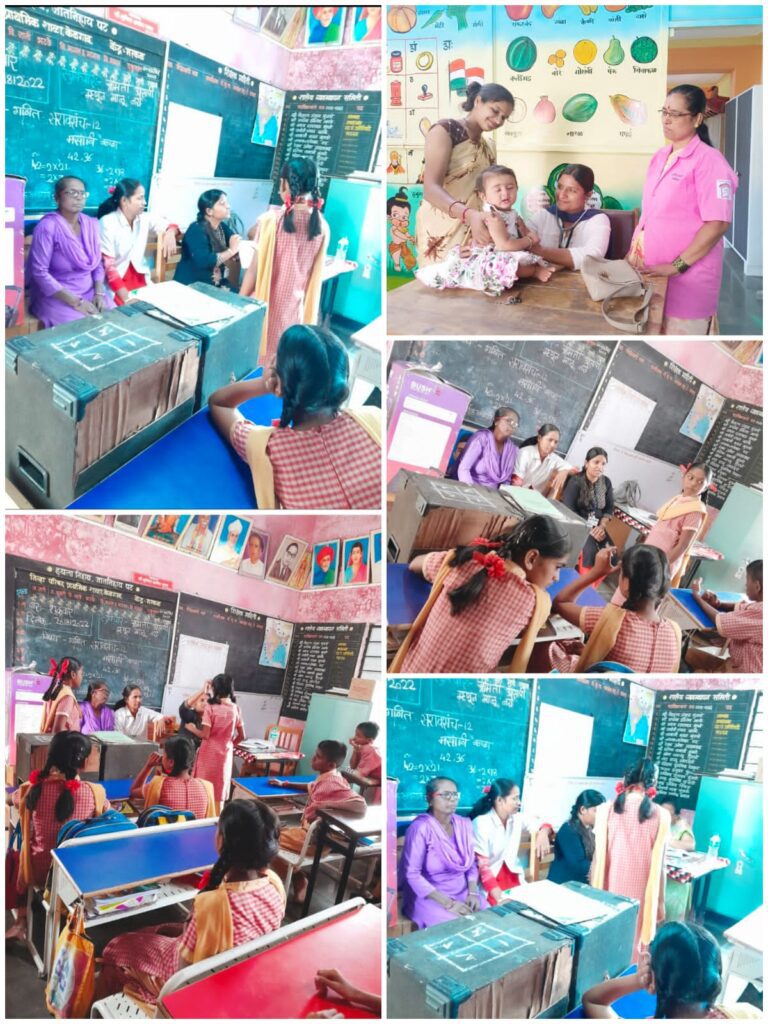
They did a gap analysis to identify which equipment is functional, which are not or not available. In addition to these costs, the administration also got the items that were procured under PM CARE during the covid pandemic. When the covid shelters were shut down in various parts of the districts, beds, oxygen cylinders, mattresses, etc. were provided to the PHCs which helped in improving the infrastructure.
TRAINING
Training is another aspect that the administration emphasized upon. Extensive trainings of health care workers and doctors with a clear SOPs and case base trainings were conducted in the district’s health and family welfare institute to ensure that follow up actions and basic treatments is done very effectively.
“We created a manual at a district level based on ICMR guidelines and our own experiences. The manual not only has the diagnostic treatment knowledge but also has all the information about the PHC equipment,” Mr Prasad added.
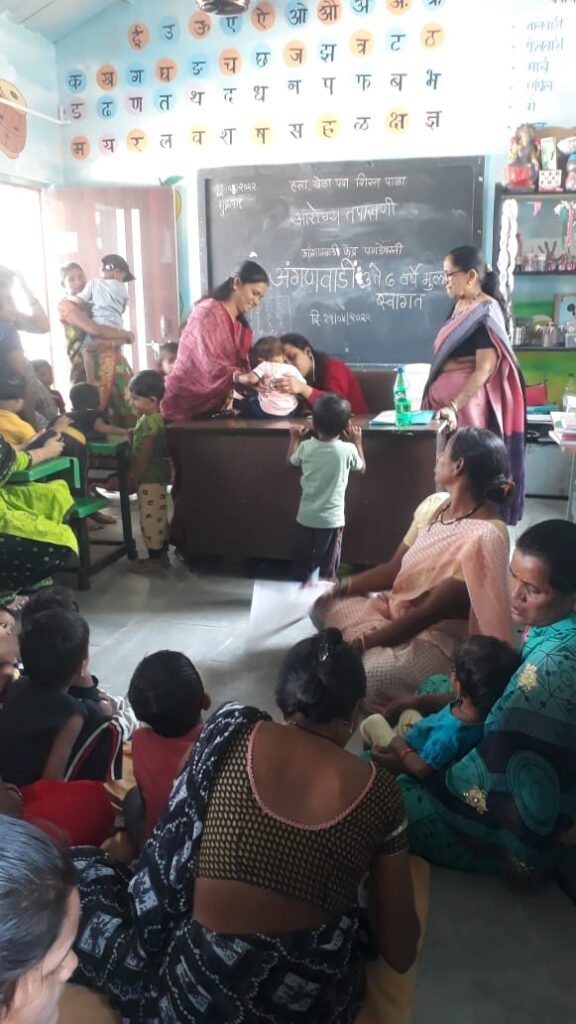
Thirdly, administration has combined the activities of around 2800 ASHA and Anganwadi workers of Pune, to provide support to mothers and children.
DISTRESSED COMMUNITIES
Administration also did special screening drives for women and children from sugarcane cutters, nomadic tribe groups which are more distressed social groups. They could find some unidentified health issues amongst the women and children during this drive.
Screening of all children is being done four times a year. All the data are entered into a software which has an auto diagnostic system that detects if the child is suffering from any illness. This proactive identification of illness, better training and better infrastructure are three major components of the health side.
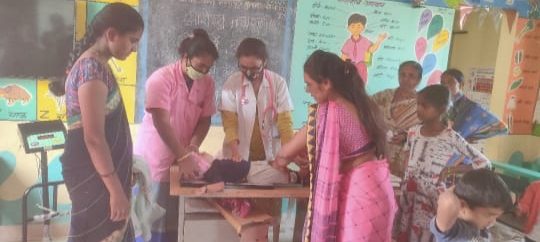
SOCIAL FACTORS
The social factors that may lead to death of a girl child has also been checked. Mr. Prasad said that most of the infant mortality is in initial 0-28 days period. Mortality beyond this age is because of the poorer care or accidents.
The administration managed to control this effectively by identifying 525 out of total 1386 villages where the child sex ratio was below 912 though the district have average of 948 girls for every 1000 boys. For they have created a volunteer group made of about 21,000 women from Anganwadi Sevika Gram Panchayat Women members, and members of self-help group to conducts intensive IEC drives and surveillance activities.

In 2022, 48 cases of child marriages were prevented in Pune, thereby leading to fewer pregnancy cases in the teenage age groups. The volunteer group also prevented domestic violence and child sex abuse.

